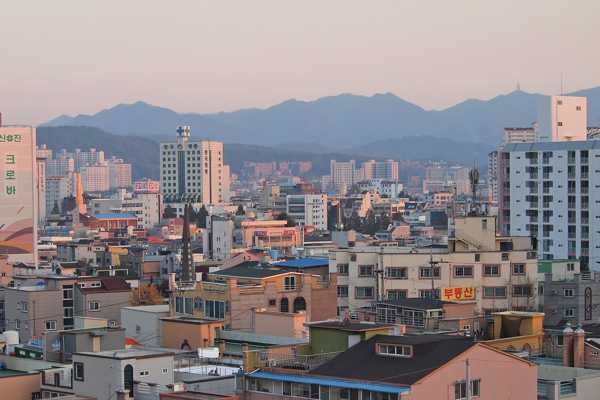Our Daejeon Travel Essentials provides you with practical information to help you organise your trip to South Korea. When is the best time to visit Daejeon? How do you get to your hotel after landing and what means of transport are available in the city and for exploring the region? These are some of the questions we answer in this Daejeon Travel Essentials.
You will also find information on the voltage and the currency used in the country, the must-see attractions and most iconic landmarks, as well as the most popular festivals. It’s all compiled in this Daejeon Travel Essentials. After reading this short and easy-to-read guide, you will be a little more prepared to start your trip to Daejeon, South Korea.
When is the best time to travel to Daejeon?

Daejeon has a monsoon-influenced climate with 4 seasons. The city is categorised as humid, between subtropical and continental.
- The highest temperatures are in summer, between June and August, and average between 20°C and 30°C.
- Summer is also the wettest time of the year, with an average of 15 rainy days in July and August.
- The lowest temperatures, between -1°C and 5°C on average, occur between November and March.
- Winters are usually short and dry, although some snowfall is to be expected.
- Regarding the weather, the best times to visit Daejeon are spring and autumn. Temperatures are pleasant and rainfall rare. April–May are the most popular months, attracting many visitors and when accommodation prices are higher.
Daejeon basics
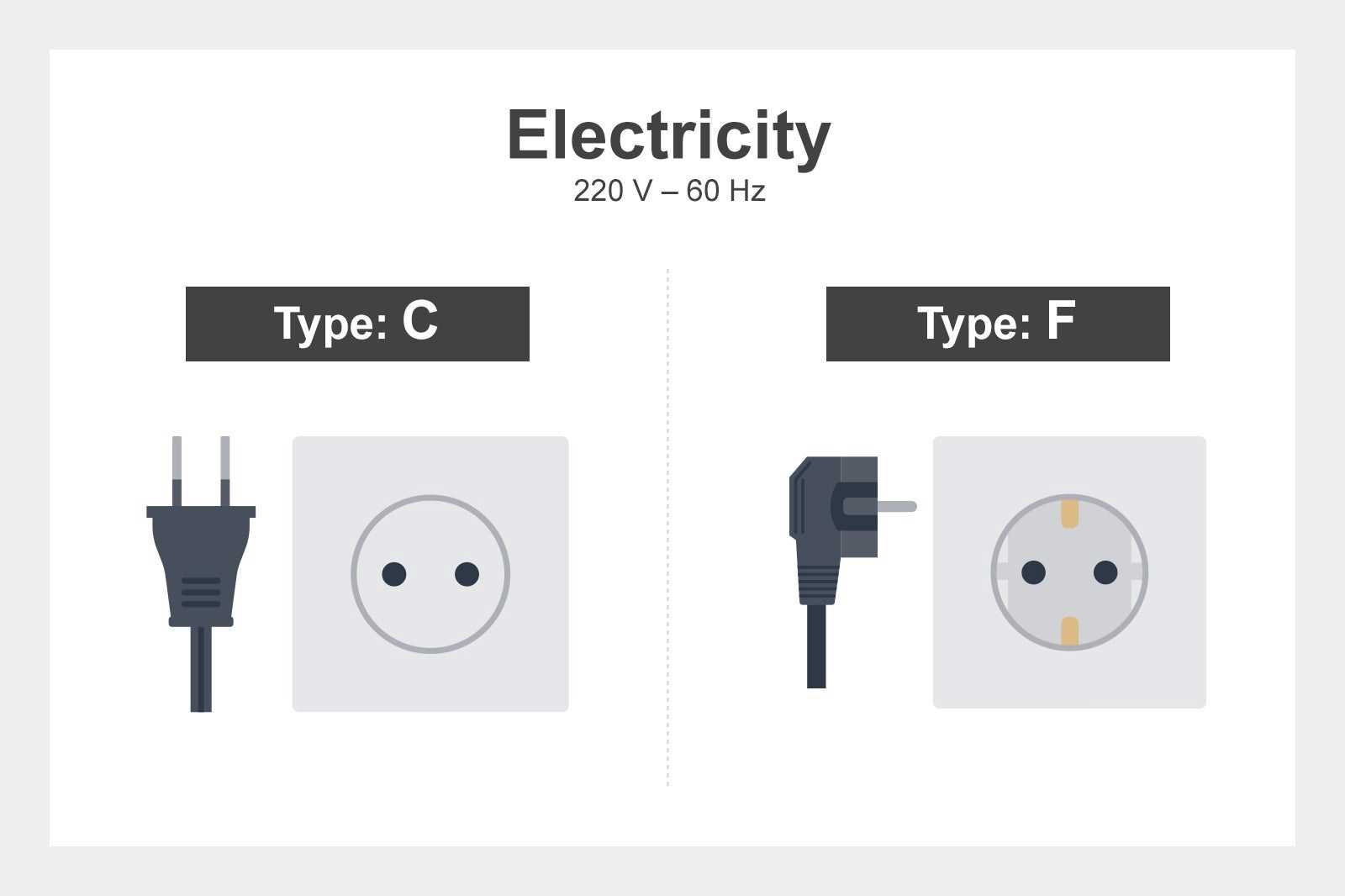
- Plug type: C and F
- Electricity: 220 V – 60 Hz
- Currency: South Korean won (₩)
- International dialling code: +82 42
- Emergency telephone numbers: 119 (fire and medical emergency), 112 (police)
How to get to my hotel in Daejeon?

Daejeon is located in the central part of South Korea. The 2 closest airports serving the city are Daegu International Airport and Cheongju International Airport. Respectively, they are 40 km and 120 km from downtown Daejeon. The most popular option to get to Daejeon is to land in Seoul and take the KTX high-speed train which connects the 2 cities within 1 hour.
Daejeon KTX train station
Capable of reaching speeds of up to 350 km/h, the KTX high-speed train is the fastest way to get to Daejeon, whether you are departing from Seoul or Daegu. The KTX rail network serves most major South Korean cities. Daejeon station is well equipped and you will find a selection of ATMs, shops, and cafes. From the station, you can reach your hotel by taxi, metro, or bus.
Cheongju International Airport
Cheongju Airport is the closest international airport to Daejeon. The 3 means of transport available for reaching Daejeon are bus, train, and taxi.
- Bus transfer is the best option for the quality/price ratio. The journey takes about 1 hour. The bus stop is near gate 1 of the terminal.
- Cheongju Airport train station is 600 metres west of the terminal. A shuttle bus serves the station. Note that the station is not staffed, so you must book your tickets in advance on the official website of Korail (the South Korean national railway company).
- You will find taxis in front of the terminal. Expect a surcharge for an intercity trip.
- A car rental counter is located on the ground floor of the terminal between gates 1 and 2.
Daegu International Airport
Daegu Airport offers transport options for all budgets. You can take a public bus directly to Daejeon. The tramway to the KTX high-speed train station is located 2 stations from the airport. Or you can take a private minibus or taxi.
- Driving time is almost 2 hours while the tram and the train cut the journey time half down to approximately 1 hour.
- Note that the Ayanggyo tram station is almost 2 km from the airport. The Express 1 bus or taxis are there to facilitate your transfer.
- Buses and taxis are near gates 1, 2 and 3 on the ground floor of the terminal.
- A car rental desk is located on the ground floor of the terminal, next to gate 1.
How to get around Daejeon?

You can make your journey around the city easier by purchasing a Hankkumi card. This rechargeable transport card allows you to pay for buses, the metro, and taxis. If you already have a T-money card purchased in Seoul, you can also use it in Daejeon. Hankkumi cards contain both Hankkumi and Seoul T-money functionality. Note that bus and metro rides can also be paid in cash.
Daejeon city bus services
Daejeon bus types are recognisable by colour. The red buses are the express buses, they serve 2 lines. Blue buses are regular buses. They connect the city centre to the suburbs. There are 2 types of green buses available: the first connects the different districts of Daejeon, and the second connects Daejeon to the surrounding small towns. Riding on Daejeon buses, you enter at the front and exit from the back.
Daejeon Metro
Daejeon Subway has one line and 22 stations. It operates from 5.30 am to midnight. The metro stations are clean and the system is punctual.
Taxi
Daejeon is a big city (the 5th most populated in South Korea) so travelling by taxi can quickly get rather expensive. Beware of unregistered and unmetered taxis. Legit taxis bear the "It's Daejeon" logo on their doors. Taxi rates are 20% higher between midnight and 4 am. Virtually all taxis operating in Daejeon accept cash, credit cards, and prepaid transport cards. Tipping is not part of South Korean culture. Even so, you can round off the price of your trip if you are satisfied with the driver's services. Communicate your intended journey with your taxi driver by having the address of your destination written down on paper.
Tashu bikes
Tashu is the name of the public bicycle rental system. Daejeon launched this system in November 2007 to promote a healthy lifestyle and reduction of exhaust gas pollution. Bike rental requires either a Hankkumi card or a mobile phone number and ‘Alien Registration Number’. Bicycle docking stands can be found mostly in the city centre.
What are the main annual events in Daejeon?

Daejeon Science Festival
- When: October
- What: Daejeon is known as South Korea’s science and information technology hub. The Daejeon Science Festival showcases the latest inventions and innovations as well as many interactive activities that will delight visitors, especially children.
- Where: Daejeon Exhibition Centre
Daejeon Craft Beer & Music Festival
- When: May
- What: Daejeon Craft Beer & Music Festival allows you to taste a hundred craft beers, as well as delicious local dishes. Some of the country's most popular bands are also featured.
- Where: Expo Hanbit Tower Park
Yuseong Hot Springs Culture Festival
- When: May
- What: Established in 1989, Yuseong Hot Springs Culture Festival combines nature’s soothing hot springs with science. Through the event, you’ll learn about the history and benefits of the waters of Yuseong.
- Where: Oncheon-ro in Yuseong District, the lawn of Gyeryong Spatel, and the banks of Gapcheon Stream
What are the main landmarks in Daejeon?

National Science Museum
The National Science Museum features seemingly endless exhibition halls, covering everything from natural history and humanity to astronomy, future technology, biological exploration, creativity, and maglev trains.
Daedong Mural Village
Daedong Mural Village is located close to Daedong General Welfare Center by Daedong Station. The village walls feature a variety of murals, from images of dogs to artwork inspired by Vincent van Gogh. All you have to do is grab your phone or camera and capture some new memories.
Uam Historic Park
Uam Historic Park is a harmonious blend of traditional Korean hanok structures, green lawns and surrounding mountains. Namganjeongsa was once a village school building which was designed to showcase the beauty created by drawing water from a nearby valley stream into the pond on the grounds.
Daejeon Metropolitan Museum
The Daejeon Metropolitan Museum is home to artefacts that give you a glimpse into the rich history and culture of Daejeon. Some of those on display reflect the lives of upper-class aristocrats, such as Confucian scholars and noblewomen.
Artikeln innehåller åsikter från redaktionsteamet på Go Guides. Hotels.com kompenserar sina författare för texter som visas på sidan. Kompensationen kan motsvara resekostnader eller andra kostnader.
Börja planera din resa
Var ska man bo i Daejeon
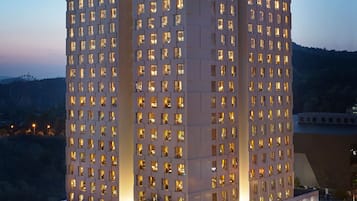
LOTTE City Hotel Daejeon

Toyoko Inn Daejeon Government Complex
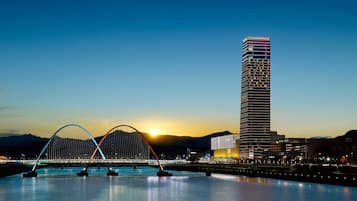
Hotel Onoma Daejeon, Autograph Collection
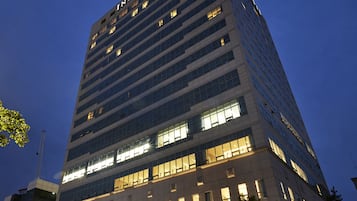
Hotel Interciti
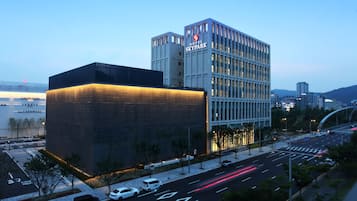
Hotel Skypark Daejeon 1

Hotel Stendhal
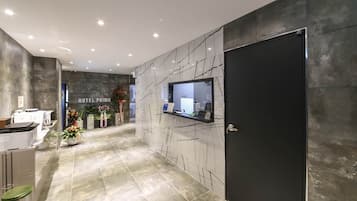
Hotel Primo
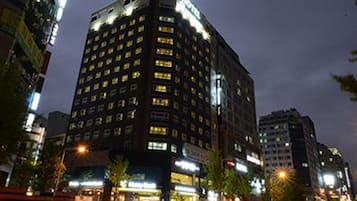
Hotel Graytone Dunsan
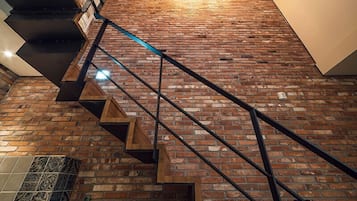
Hotel March





